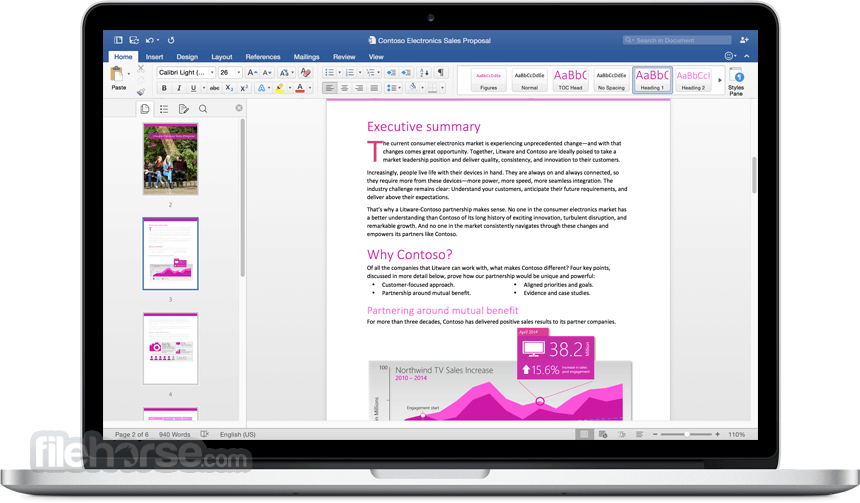Top 7 Free Alternatives to Microsoft Word. Microsoft 365 Online. It is widely regarded as the best free alternative to Microsoft Word as it has the same functionality as the desktop version. Don't overlook Microsoft's free alternative to the paid version of Word: Office Online. Like Google Docs, Microsoft Word Online is a simplified, cloud-based version of Word. It lacks a lot of the. For Microsoft Word and Office aficionados, the best possible free online alternative for their document editing needs is definitely Word online, which comes as part of the Office Online suite. Although free MS Word web app is not a full-fledged version of its paid counterpart, it allows you to open, create and edit Word documents online.
- Word For Mac 2014
- Microsoft Word Equivalent For Mac Free Online
- Can I Download Microsoft Word For Mac Free
Home > Articles > Apple > Apple Training
␡- iWork
Word For Mac 2014
Microsoft Word Equivalent For Mac Free Online


Like this article? We recommend
Like this article? We recommend
Microsoft Office is one of the most frequently used application suites across the globe. It has been a business staple for decades and is also frequently used in homes and schools. Many Windows users who consider switching to the Mac often cite the need for Office among their biggest hesitations or concerns about making the switch.

While a Mac version of Office has been around as long as Office itself, it’s a costly prospect for many consumers, and the Mac version often lags behind the release cycle of the Windows version. Add to that the fact that an Intel-native version of Office has yet to be released, and it becomes clear why alternative products are something worth exploring for any Mac user—especially when there are some great alternatives available.

Can I Download Microsoft Word For Mac Free
iWork
One of the first alternatives that spring to mind for many people is Apple’s iWork, perhaps because a trial version is included with every Mac (along with a demo version of Microsoft Office). iWork consists of a word processing tool called Pages and a presentation tool called Keynote (Apple is rumored to be developing a spreadsheet tool to be included with the next release of iWork).
While Pages can technically be called a word processing application, it’s actually a combination word processor and layout tool. For consumers and small organizations, it can function as both an alternative to Word and as a low-cost alternative to the basic features of InDesign or Quark.
Pages, which features an interface that’s similar to iWeb’s interface, lets users easily add pictures via the iLife Media Browser, develop charts, create pages of text or text boxes, insert tables and columns, and make use of a variety of formatting tools. Like iWeb, it features an Inspector palette that can be used to apply all manner of effects to included text, shapes, charts, tables, and images—making it easy to create visually stunning documents quickly and easily.
Pages supports importing from and exporting to Word format, although it cannot directly open or save Word documents. Imported documents do maintain Word formatting and styles and if a document is created from a Word template, all style information will be retained. Pages does have a user interface that is a complete departure from that of any office suite. Combined with the fact that it works much like a layout tool, this can make transitioning between Pages and Word a bit of a challenge. Also, it doesn’t offer support for many of Word’s advanced features.
Keynote is, in some ways, more impressive than PowerPoint. It offers a wide variety of templates and transitions that are visually stunning. Like Pages, it offers access to photos and other digital media via the iLife Media Browser and offers a wide range of effects that can be easily rendered to any slide elements. Keynote’s user interface includes many elements similar to iWeb and Pages (including the Inspector). However, its interface remains more standard than that of Pages. Unfortunately, while Keynote is an amazing tool, it offers no compatibility with PowerPoint or other Office file formats—meaning that to play a presentation requires Keynote (although presentations can be exported as QuickTime video files).